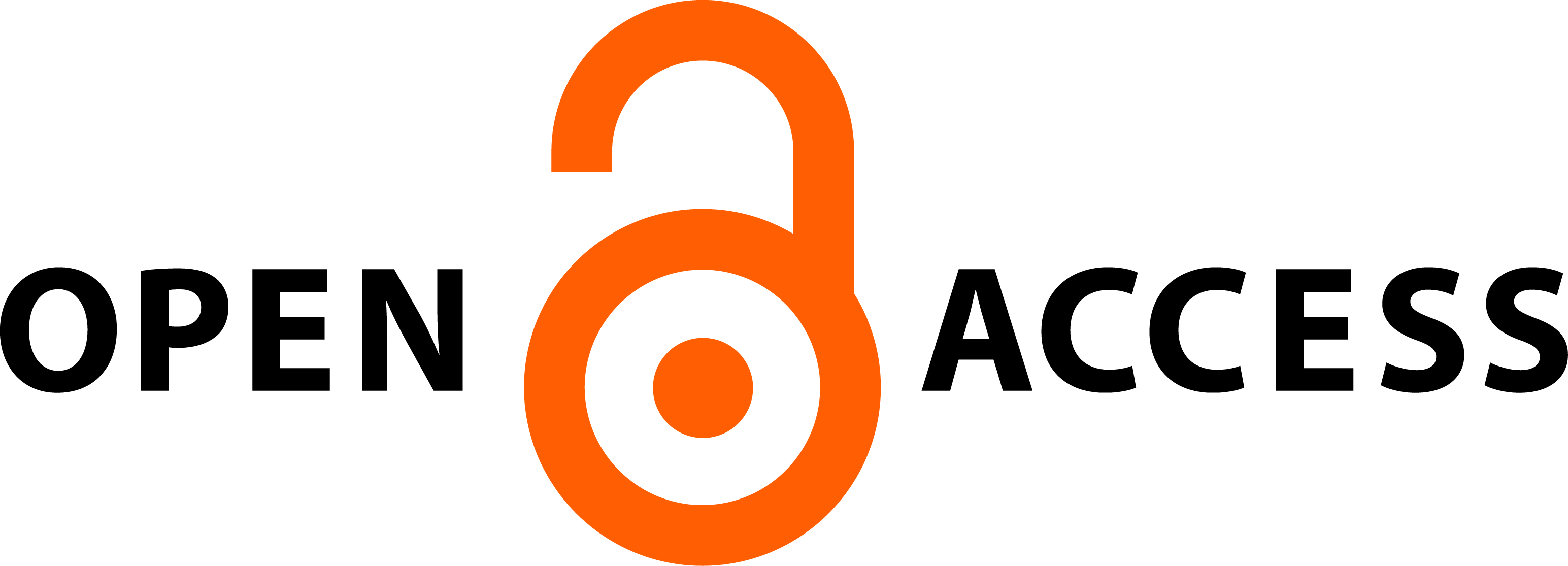KONSTRUKSI HADIS PENDIDIKAN SHALAT DALAM TINJAUAN FILSAFAT PENDIDIKAN
DOI:
https://doi.org/10.21154/muslimheritage.v3i2.1284Keywords:
Worship Education, Punishment Method, Educational PhilosophyAbstract
Abstract: Worship education is one of the significant aspects for the realization of noble character as expected in the objectives of the national education system. Therefore, Muhammad saw as the Messenger of Allah in one of his hadiths commands for praying at the age of seven and allowed to beat them if he did not carry it out at the age of ten. However, prayer education so far is only limited knowledge and practice without being escorted by appreciation. This article examines the construction of prayer education hadist based on the philosophy of education. It has become an urgent issue as indicated by the decline of the character’s value of the nation's generation. Thus, the expected objective of praying has not been fully achieved. In addition, the hitting punishment in the context of education which was allowed by the Prophet cannot be realized and it bounce back to educators because it is considered as violence. This study revealed that the selection of material for praying is a blending system of essentialism, neoscolatisism, pragmatism, and essentialism. The method of punishment is relevant to a blend of philosophies of idealism, perennialsm, essentialism, and behaviorism. Both the material and methods in the hadith of prayer education do not conflict with the philosophy of Pancasila. In fact, both are manifestations of the practice of philosophy so that the hadith of the prayer education is relevant and still actual.
Abstrak: Pendidikan shalat adalah salah satu aspek penting bagi terwujudnya akhlak mulia sebagaimana yang diharapkan dalam tujuan sistem pendidikan nasional. Karena itu, Rasulullah Saw. sebagai penyempurna akhlak dalam salah satu hadisnya memerintahkan shalat sejak usia tujuh tahun dan membolehkan memukul jika tidak melaksanakannya di usia sepuluh tahun. Namun, pendidikan shalat selama ini hanya sebatas knowing (pengetahuan) dan doing (praktik) tanpa disertai penghayatan nilai (being). Artikel ini akan mengkaji tentang konstruksi hadis pendidikan shalat dalam tinjauan filsafat pendidikan. Hal ini menjadi urgen ditunjukkan dengan masih merosotnya akhlak atau karakter generasi bangsa. Dengan demikian, fungsi shalat yang diharapkan belum tercapai sepenuhnya. Di samping itu, hukuman memukul dalam rangka mendidik yang dibolehkan oleh Rasulullah Saw. dalam hadisnya tidak bisa terealisasi dan justru menjadi boomerang bagi para pendidik karena dianggap oleh masyarakat sebagai kekerasan. Dari kajian yang dilakukan melalui pendekatan filsafat pendidikan, pemilihan materi shalat merupakan perpaduan dari filsafat esensialisme, neoskolatisisme, pragmatisme, dan esensialisme. Metode hukuman relevan dengan perpaduan filsafat idealisme, perenialisme, esensialisme, dan behaviorisme. Baik materi dan metode dalam hadis pendidikan shalat tidak bertentangan dengan filsafat Pancasila. Justru keduanya adalah wujud dari pengamalan filsafat tersebut sehingga hadis pendidikan shalat tersebut bersifat relevan dan tetap aktual.Downloads
Published
Issue
Section
License
Requirements to be met by the author as follows:
- Author storing copyright and grant the journal right of first publication manuscripts simultaneously with licensed under the Creative Commons Attribution License that allows others to share the work with a statement of the work's authorship and initial publication in this journal.
- Authors can enter into the preparation of additional contractual separately for non-exclusive distribution of a rich version of the journal issue (eg:post it to an institutional repository or publish it in a book), with the recognition of initial publication in this journal.
- Authors are allowed and encouraged to post their work online (eg, in institutional repositories or on their website) prior to and during the submission process, because it can lead to productive exchanges, as well as citations earlier and more severe than published works. (see The Effect of Open Access).














